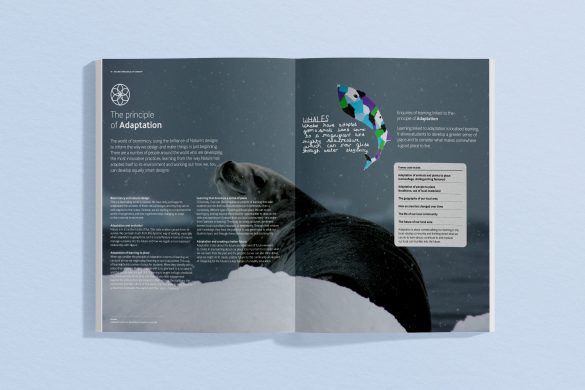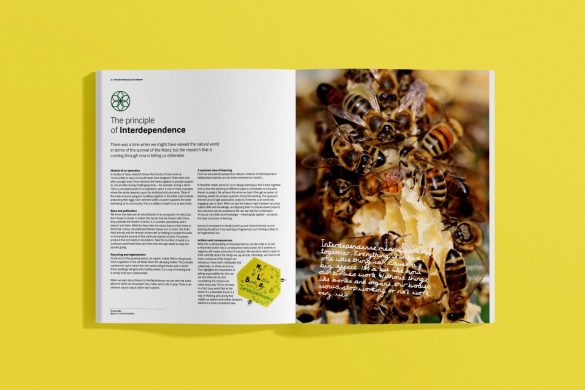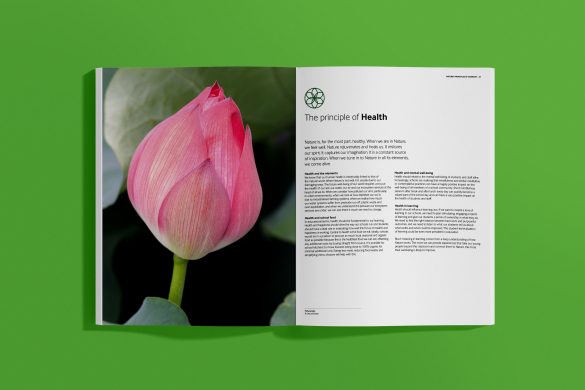How can Nature’s principles of Harmony inform teaching and learning?
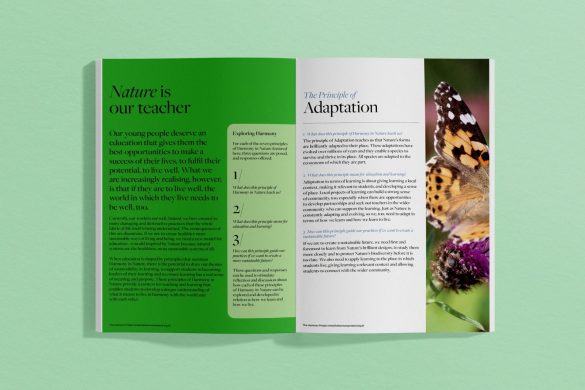
We embrace a new way of learning when we let Nature be our teacher
Our young people deserve an education that gives them the best opportunities to make a success of their lives, to fulfil their potential, to live well. What we are increasingly realising, however, is that if they are to live well, the world in which they live needs to be well, too.
Currently, our world is not well. Indeed, we have created so many damaging and destructive practices that the whole fabric of life itself is being undermined. The consequences of this are disastrous.
How can we raise the profile of sustainability issues in education?
If we are to create healthier, more sustainable ways of living and being, we need a new model for education – a model inspired by Nature, because natural systems are the healthiest, most sustainable systems of all. When education is shaped by principles that maintain Harmony in Nature, there is the potential to draw out themes of sustainability in learning, to support students in becoming leaders of their learning and to ensure learning has a real sense of meaning and purpose. These principles of Harmony in Nature provide a context for teaching and learning that enables students to develop a deeper understanding of what it means to live in harmony with the world and with each other.
How can the principle of Interdependence shape teaching and learning?
To fully understand the relationships that exist between one thing and another, and the consequences of both positive and negative actions, we need to learn in a joined-up way, to see connections, to promote the interdependence of skills and knowledge. The best way to do this is to link different aspects of subject-based learning around a project or theme so that students can make sense of what they learn and of the way things work together.
If we are to create a sustainable future, the key will be to understand much more clearly the impact of the decisions we make in our daily lives, to know where things come from, how they are made, grown or produced, and what the implications are of what we consume and throw away. It is about understanding that for every choice we make, there is a consequence, positive or negative, of that decision or action.
What does the principle of the Cycle teach students about finding sustainable solutions?
This principle reminds us of the importance of learning about cycles, about what happens at each stage of the cycle and about the different cycles that exist in Nature. It’s about connecting students to the rhythms and cycles of life and understanding that healthy cycles in Nature are models of sustainability as they never end.
By linking learning to the cycle of the seasons we are able to learn things at the time they are happening. This is important if we really are to appreciate how a cycle works.
If we are to create a sustainable future, we need to replicate Nature’s cyclical systems so that everything we use is reused or recycled. When we work in this way, there is no waste and systems are sustainable.
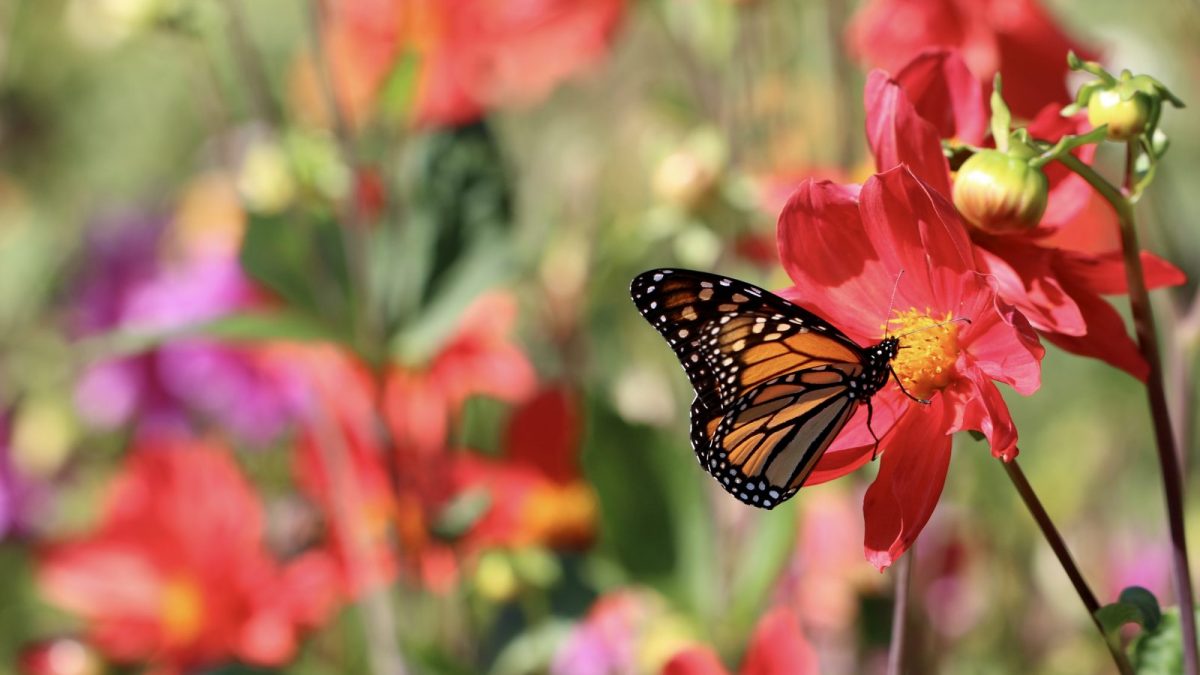
How can the principle of Diversity inform the way we teach – and learn?
The challenge in education is to find ways to open up diversity in learning, to create opportunities for students to take their learning in different directions and to value their diverse passions and interests. This approach enables students to flourish. We need to devote time to drawing out students’ individual talents instead of seeing teaching as being merely about input.
We can apply what we learn from this principle to protecting and nurturing biodiversity, growing food in diversity, and appreciating the diversity of Nature’s extraordinary colours, patterns, textures, sounds and songs. The principle of Diversity is about cherishing and learning from the wisdom of diverse cultures, and, of course, valuing diversity in all people.
How can an understanding of the principle of Adaptation connect students to their locality?
Adaptation in education is about giving learning a local context, making it relevant to students, and developing a sense of place. Local projects of learning can build a strong sense of community, too, especially when there are opportunities to develop partnerships and seek out teachers in the wider community who can support the learning. Just as Nature is constantly adapting and evolving, so we, too, need to adapt in terms of how we learn and how we learn to live.
If we are to create a sustainable future, we need first and foremost to learn from Nature’s brilliant designs, to study them more closely and to protect Nature’s biodiversity before it is too late. We also need to apply learning to the place in which students live, giving learning a relevant context and allowing students to connect with the wider community.
How can we apply the principle of Health to education?
The principle of Health teaches us that in all its processes, Nature is healthy. In life and in death, natural systems are constantly regenerating into healthy forms. The dynamic relationships that exist in natural systems maintain well-being. And when we find time in Nature, we, too, feel well.
Health in its many forms should be at the heart of educational practice if students are to understand what it means to be well. They need to be intellectually, emotionally and physically well, engaged in and stimulated by their learning. When this happens, they are much more likely to achieve their potential. It is important that we, as educators, provide opportunities for students to develop their own ideas and thinking, as well as securing the necessary skills for them to succeed. Learning needs to have purpose and students need to have a sense of ownership of what they do.
How can this principle guide our practices if we want to create a sustainable future? If we want to create a sustainable future, we need to consider what will ensure our soil, air and water remain healthy. We need to learn what makes us feel healthy and well individually, collectively and in our relationship with the world. And we need to judge our practices through the lens of health.

What are the outcomes of learning based on the principle of Geometry?
Learning the geometry of Nature provides students with a new way of looking at the world. The observational skills and careful drawings that are required to recreate this geometry can have a powerful impact on students’ understanding of Nature and their place in it. Just as Nature creates beautiful outcomes in its processes, so we are reminded of the importance of creating beautiful outcomes in our learning.
If we are to create a sustainable future, we need to see the world through a different lens, to understand that the patterns of life that exist around us, also exist in us. This way of seeing the world enables us to view everything from a place of connection, rather than separation. This sense of connection is an essential part of learning to live sustainably.
Why is the principle of Oneness such an important concept for students to explore?
In educational terms, the principle of Oneness reminds us of the importance of finding our place and our peace in the world. It provides a spiritual dimension to this learning and a chance to nurture students’ well-being through mindfulness, meditation or contemplative practices, through times of stillness and presence in our busy lives. It is from this place of connection to the greater whole, however we perceive it, that we are able to come to this wider work of Harmony aligned to the idea that we are Nature, not separate from it.
How can this principle guide our practices if we want to create a sustainable future? If we are to create truly sustainable systems, based on health and well-being, we need to start from a place of oneness. If we see ourselves as somehow separate from the world, we will start to view our actions as being separate from the consequences of what we do. This disconnected way of seeing the world is prevalent and it has led to many damaging consequences, both to natural systems and to human society. Coming from a place of oneness and wholeness is crucial if we are to live in harmony with the world.
To begin the process of planning teaching and learning – and developing a Harmony curriculum – based on Nature’s principles of Harmony, it can be useful to consider a more enquiry-led approach.
